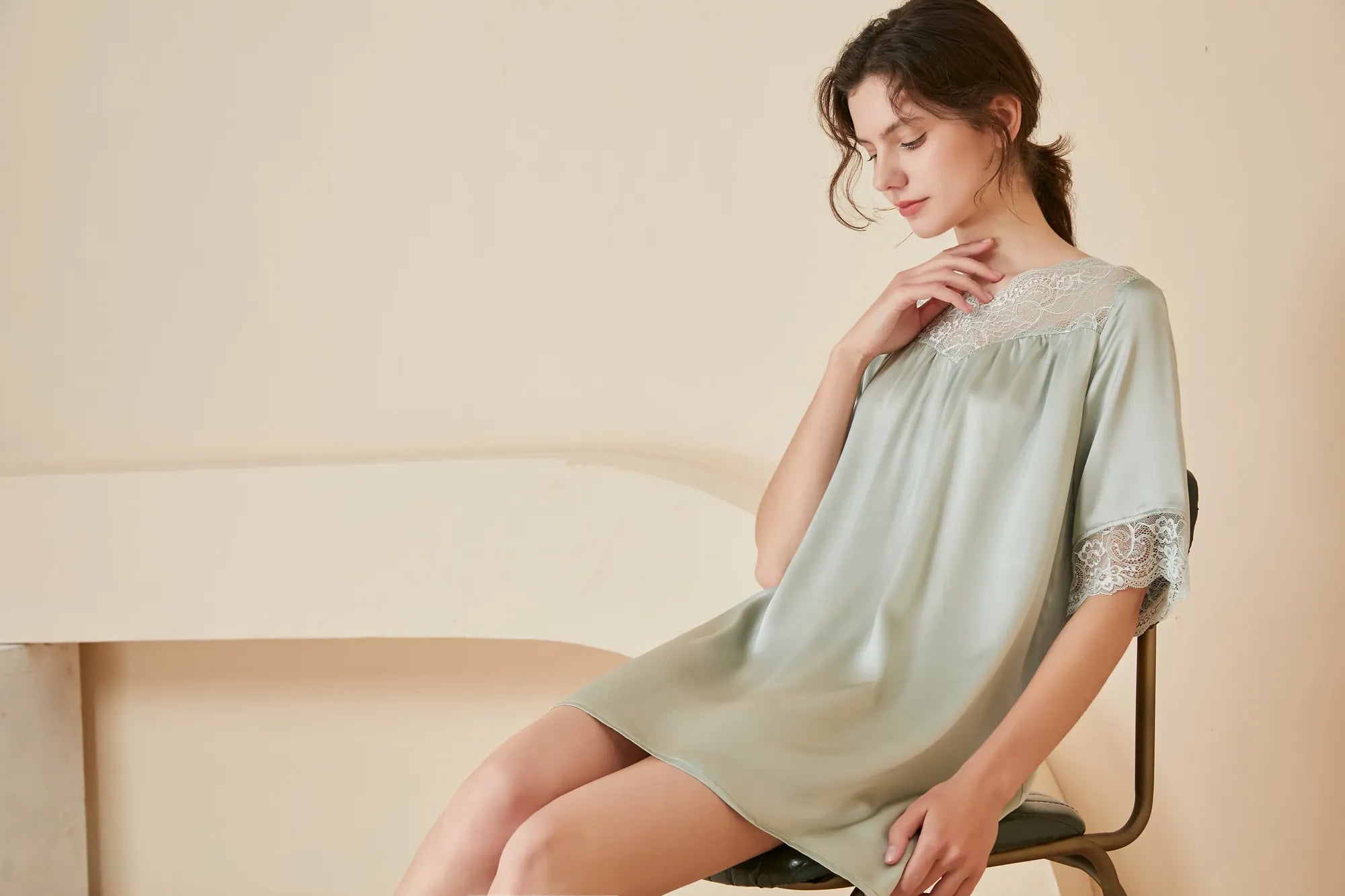Are Silk Panties Good for You? Exploring Health, Comfort, and Care
- ved wangfred
-

When it comes to intimate apparel, few fabrics spark as much intrigue as silk. Soft, smooth, and often associated with luxury, silk panties have become a staple in many wardrobes. But beyond their aesthetic appeal, do they genuinely offer benefits for your health and well-being? Let’s dive into the science, myths, and practicalities of choosing silk for your most delicate layers.
The Science of Silk: What Makes It Unique?
Silk is a natural protein fiber produced by silkworms, renowned for its molecular structure. Unlike synthetic fabrics, silk fibers contain amino acids like serine and alanine, which are gentle on the skin. The smooth surface of silk minimizes friction, reducing the risk of irritation—a key factor for sensitive areas. Studies suggest that silk’s hypoallergenic properties make it suitable for individuals prone to dermatitis or allergies.
Breathability and Moisture Control
One of silk’s standout features is its ability to regulate moisture. The fabric wicks away sweat while retaining a dry feel, which can prevent bacterial growth in humid environments. This makes silk panties a potential ally for maintaining pH balance and reducing odors. However, silk’s breathability varies depending on weave density. Charmeuse or habotai weaves, for example, offer lighter coverage compared to thicker satin blends.
Skin Health: Comfort vs. Sensitivity
For those with sensitive skin, silk’s friction-free texture can reduce chafing and redness. Unlike lace or polyester, which may cause micro-tears or trap sweat, silk glides smoothly against the body. Dermatologists often recommend silk for post-procedure recovery or conditions like eczema. That said, dyed silk may contain chemicals that irritate some wearers, so opting for undyed or organic options is advisable.
Thermal Regulation: A Year-Round Fabric?
Silk’s natural temperature-regulating properties keep the body cool in summer and warm in winter. This adaptability stems from its triangular fiber structure, which traps air to insulate while allowing airflow. Yet, in extreme climates, silk may not suffice as a standalone layer. Pairing silk panties with breathable outerwear ensures optimal comfort across seasons.
Durability and Maintenance
While silk is delicate, proper care can extend its lifespan. Hand-washing in cold water with mild detergent preserves its integrity, whereas machine washing may damage fibers. Silk’s susceptibility to oils and lotions also demands caution. For daily wear, rotating silk pieces with sturdier fabrics ensures longevity without compromising hygiene.
Environmental and Ethical Considerations
Traditional silk production involves boiling silkworms in their cocoons, raising ethical concerns. Peace silk, which allows moths to emerge naturally, offers a cruelty-free alternative. Additionally, silk is biodegradable, making it a sustainable choice compared to synthetic microplastic-releasing fabrics. Weighing these factors helps align your purchase with personal values.
The Psychological Impact of Silk
Wearing silk often evokes feelings of confidence and self-care. The tactile pleasure of silk against the skin can boost mood, according to sensory psychology research. This emotional benefit, while subjective, underscores the role of clothing in holistic well-being.
Potential Drawbacks to Consider
Silk’s high cost and maintenance requirements may deter some. It also lacks the elasticity of blends like nylon-spandex, which provide a snugger fit. For active lifestyles, silk might not offer adequate support or moisture-wicking compared to technical fabrics.
Ultimately, the choice to wear silk panties hinges on individual priorities—whether it’s skin health, sustainability, or sheer indulgence. By balancing practicality with personal preference, you can decide if this timeless fabric deserves a spot in your everyday rotation. After all, the best underwear is the kind that makes you forget it’s there—until you want to feel extraordinary.












